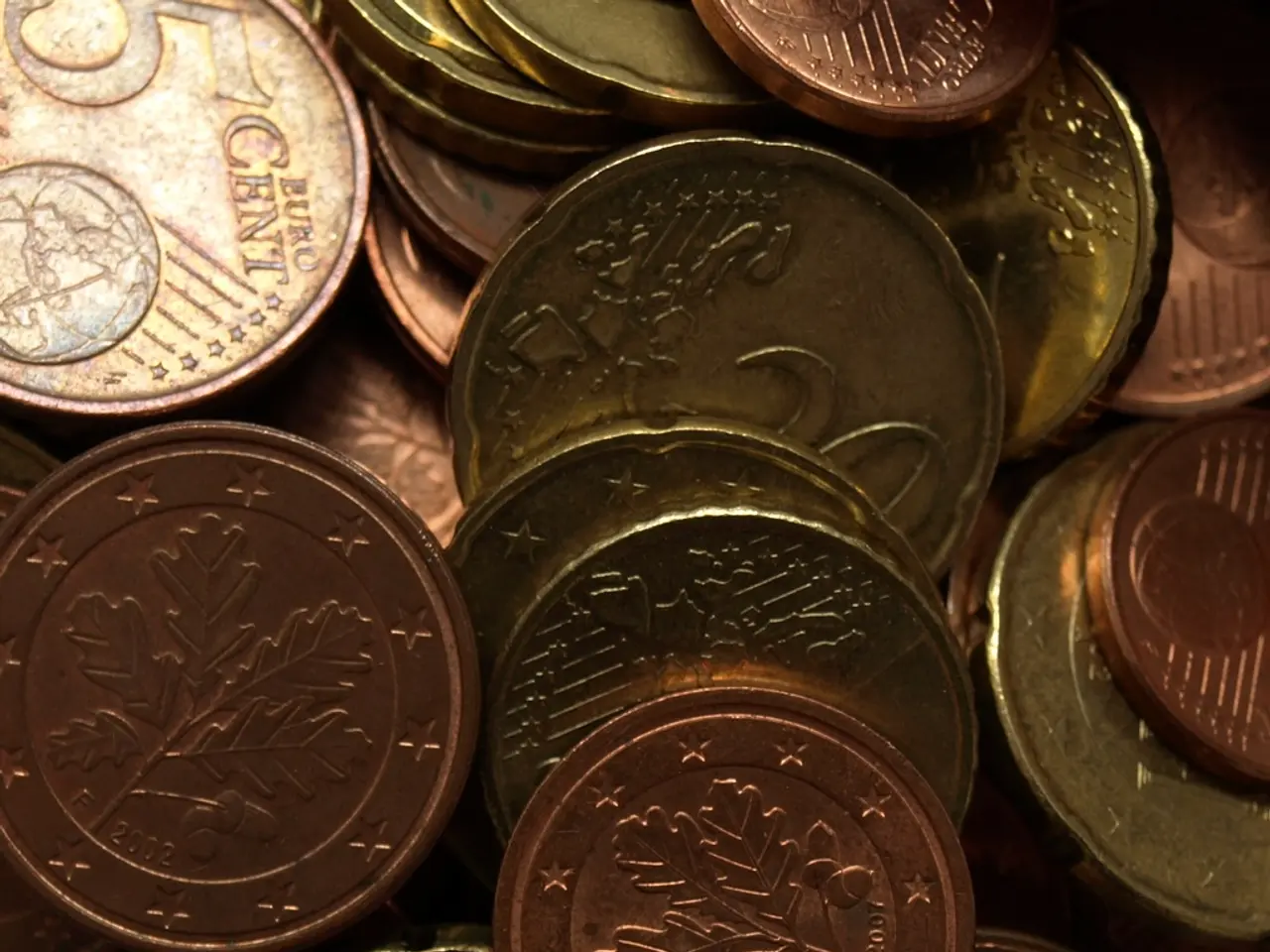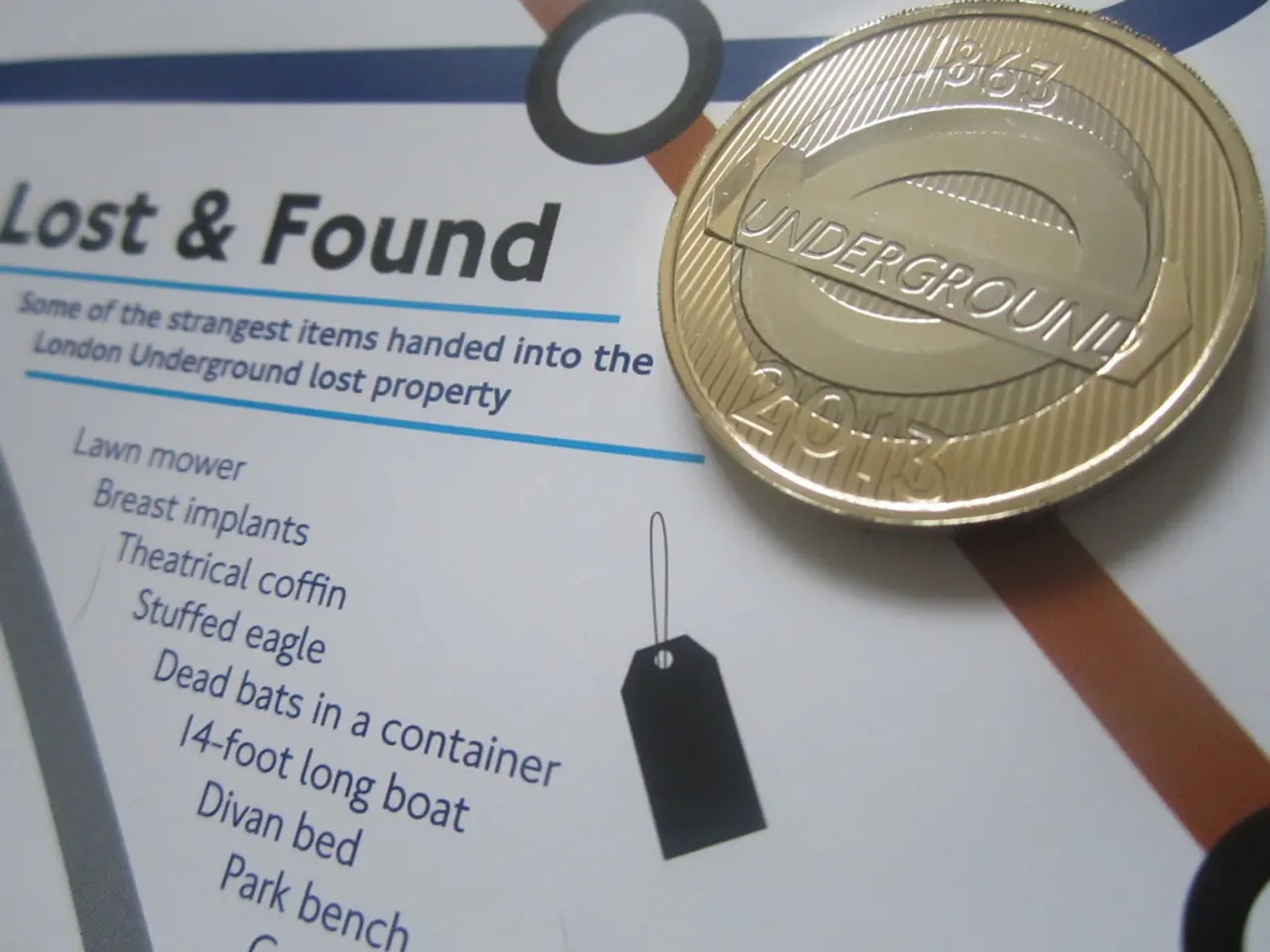Bankruptcy Vocabulary Simplified: Familiarize Yourself with Critical Terms Immediately
In times of financial distress, understanding key terms and concepts in bankruptcy law can be instrumental in making informed decisions about one's financial future. Here are some essential terms and concepts that individuals and businesses should familiarize themselves with:
## Key Concepts
### 1. **Bankruptcy Types** - **Chapter 7 Bankruptcy**: Also known as "straight" or "liquidation" bankruptcy, this involves the sale of non-exempt assets by a trustee to pay off creditors, with the goal of discharging qualifying debts. It is typically used by those who cannot pay their debts. - **Chapter 13 Bankruptcy**: Known as a "debt consolidation" or "reorganization" plan, it allows individuals with regular income to create a plan to repay some or all of their debts over three to five years.
### 2. **Debt Classification** - **Secured Debts**: These are debts backed by collateral, such as mortgages or car loans. Bankruptcy cannot eliminate these unless the collateral is surrendered. - **Unsecured Debts**: These include debts like credit card balances or personal loans, which can often be discharged in bankruptcy.
### 3. **Automatic Stay** - This provision temporarily halts creditor collection efforts once a bankruptcy petition is filed, providing temporary relief to debtors.
### 4. **Discharge** - A discharge is a court order that prohibits creditors from taking further action to collect debts that have been discharged through bankruptcy.
### 5. **Exempt Assets** - These are assets that debtors are allowed to keep during the bankruptcy process. Examples vary by state but often include primary residences and essential personal property.
### 6. **Credit Counseling** - Mandatory before filing for bankruptcy, this counseling helps individuals assess their financial situation and consider alternatives to bankruptcy.
### 7. **Nondischargeable Debts** - Certain debts, such as child support, alimony, most tax debts, and student loans (unless undue hardship is proven), cannot be discharged through bankruptcy.
### 8. **Insolvency** - This refers to a state where a debtor is unable to pay their debts. It often leads individuals or businesses to consider bankruptcy as a solution.
### 9. **Fraudulent Transfers** - These are transfers of property that may be considered fraudulent if done with the intent to avoid paying debts. Understanding these is important in bankruptcy proceedings.
## Additional Considerations - **Reorganization vs. Liquidation**: Businesses may opt for Chapter 11 bankruptcy, which allows for reorganization of debts while continuing operations. - **Estate Planning**: Bankruptcy can impact inheritances and estate plans, so it's important to understand these implications when considering bankruptcy.
Understanding these concepts can help individuals and businesses navigate the complex process of bankruptcy and make informed decisions about their financial futures. It is crucial to seek professional advice when dealing with such matters.
In the realm of business and finance, understanding key terms and concepts in bankruptcy law, such as Chapter 7 and Chapter 13 bankruptcy types, secured and unsecured debts, automatic stay, discharge, exempt assets, credit counseling, nondischargeable debts, insolvency, fraudulent transfers, reorganization versus liquidation, and estate planning, can be instrumental in making informed decisions and navigating the complex process of bankruptcy, thereby securing a better financial future. Seeking professional guidance is essential when dealing with such intricate matters to ensure well-informed decisions are made.




